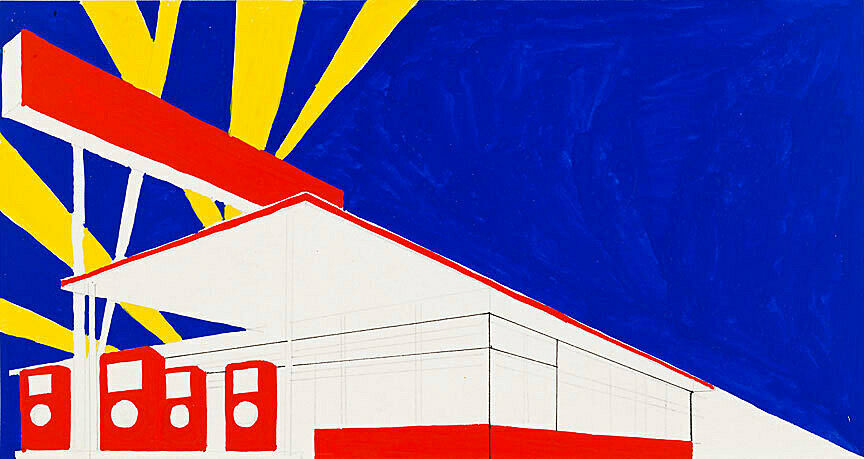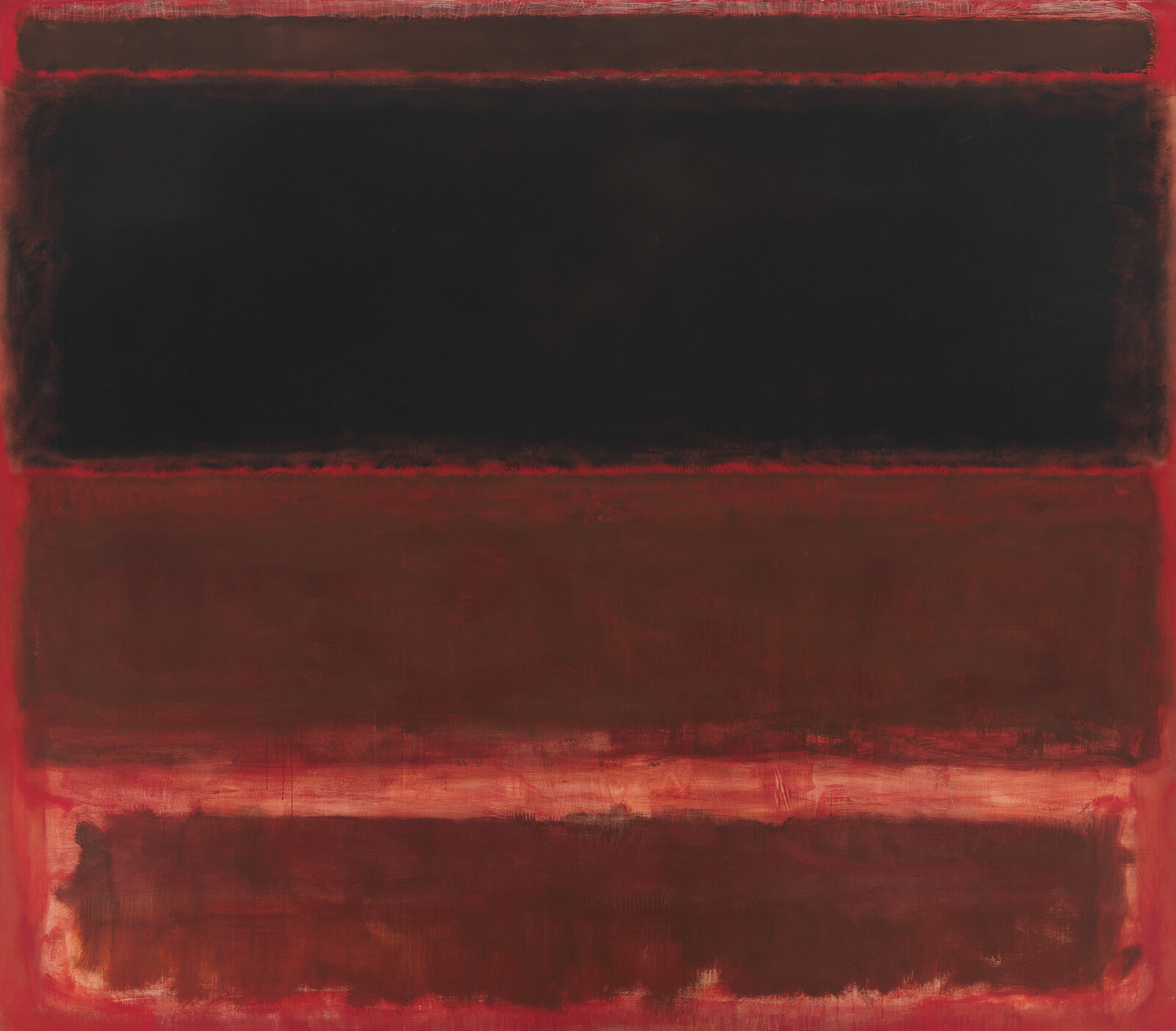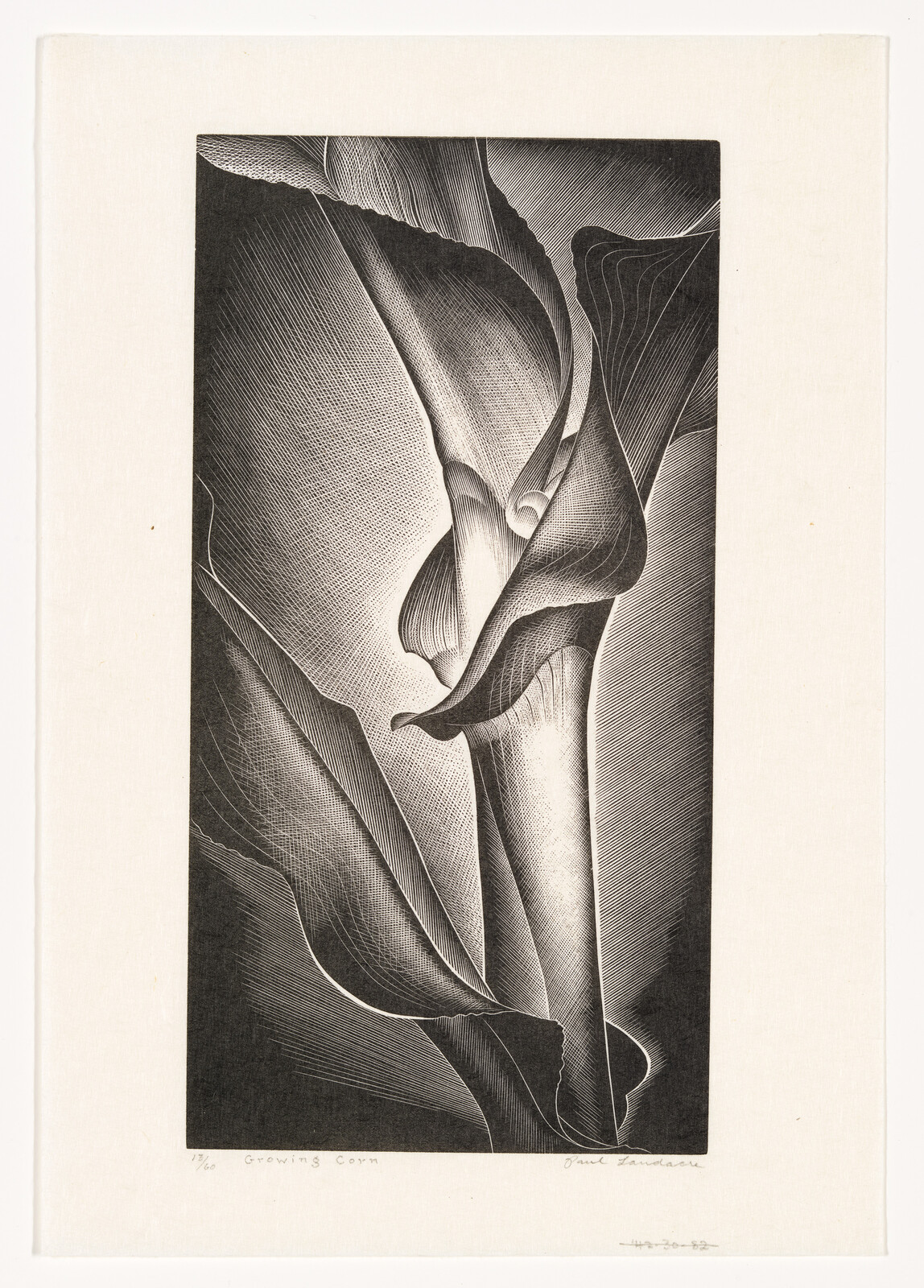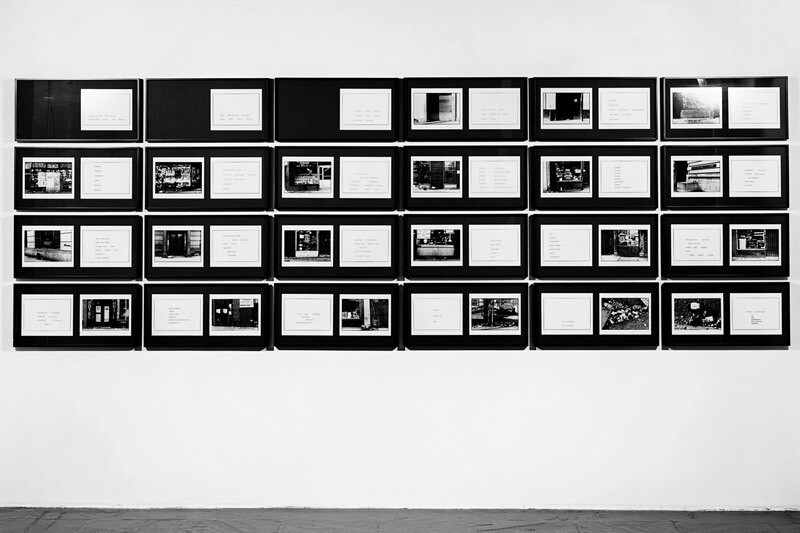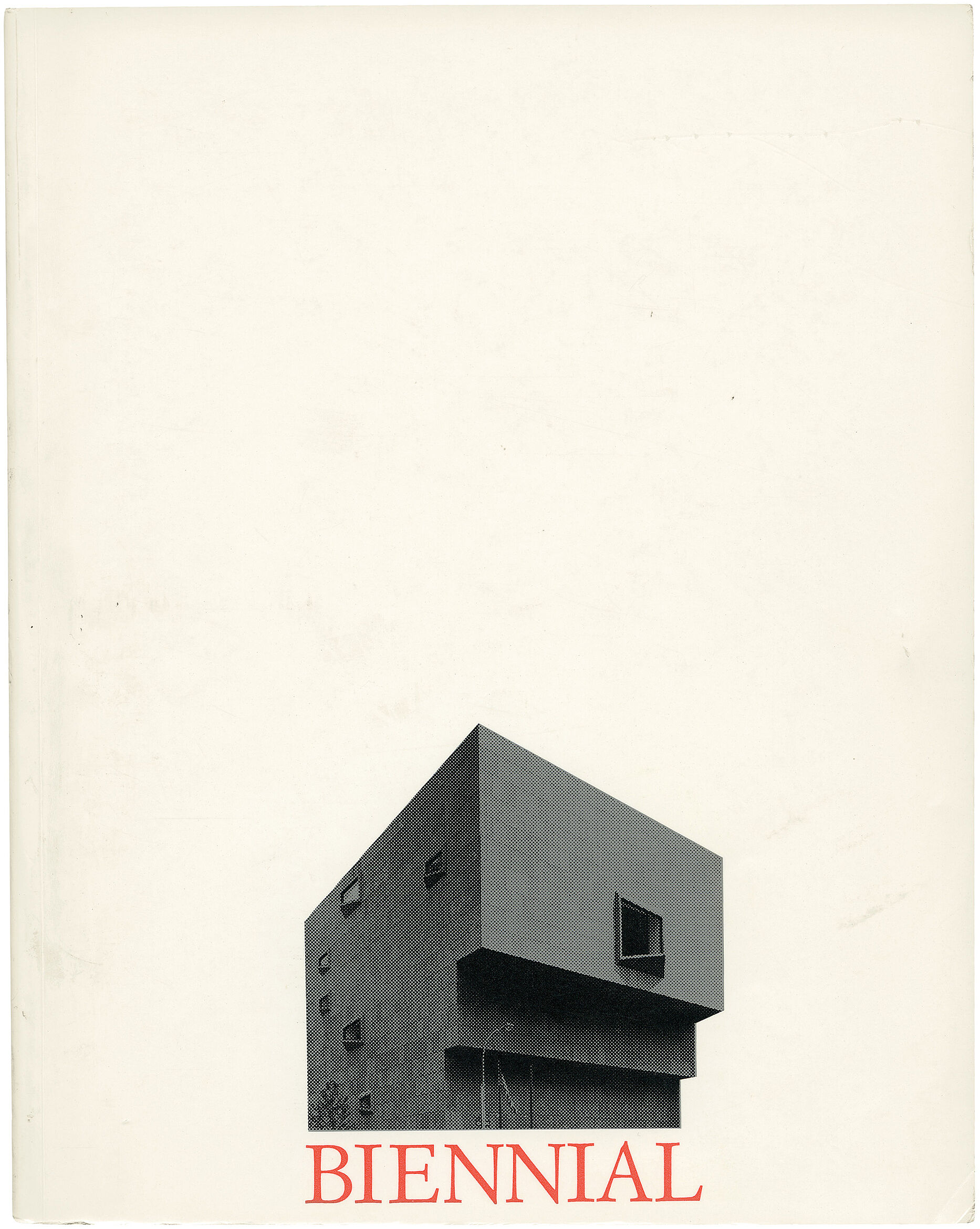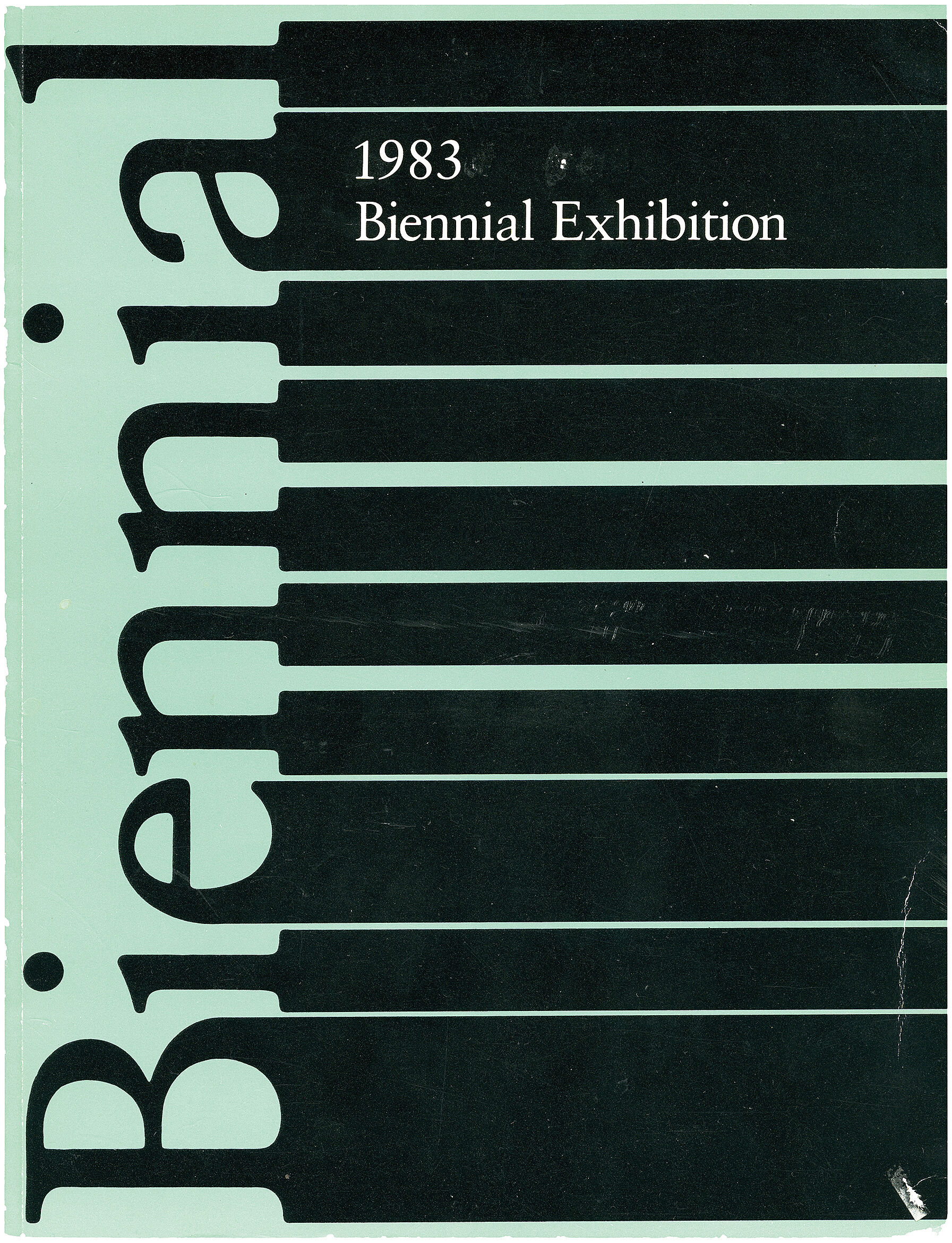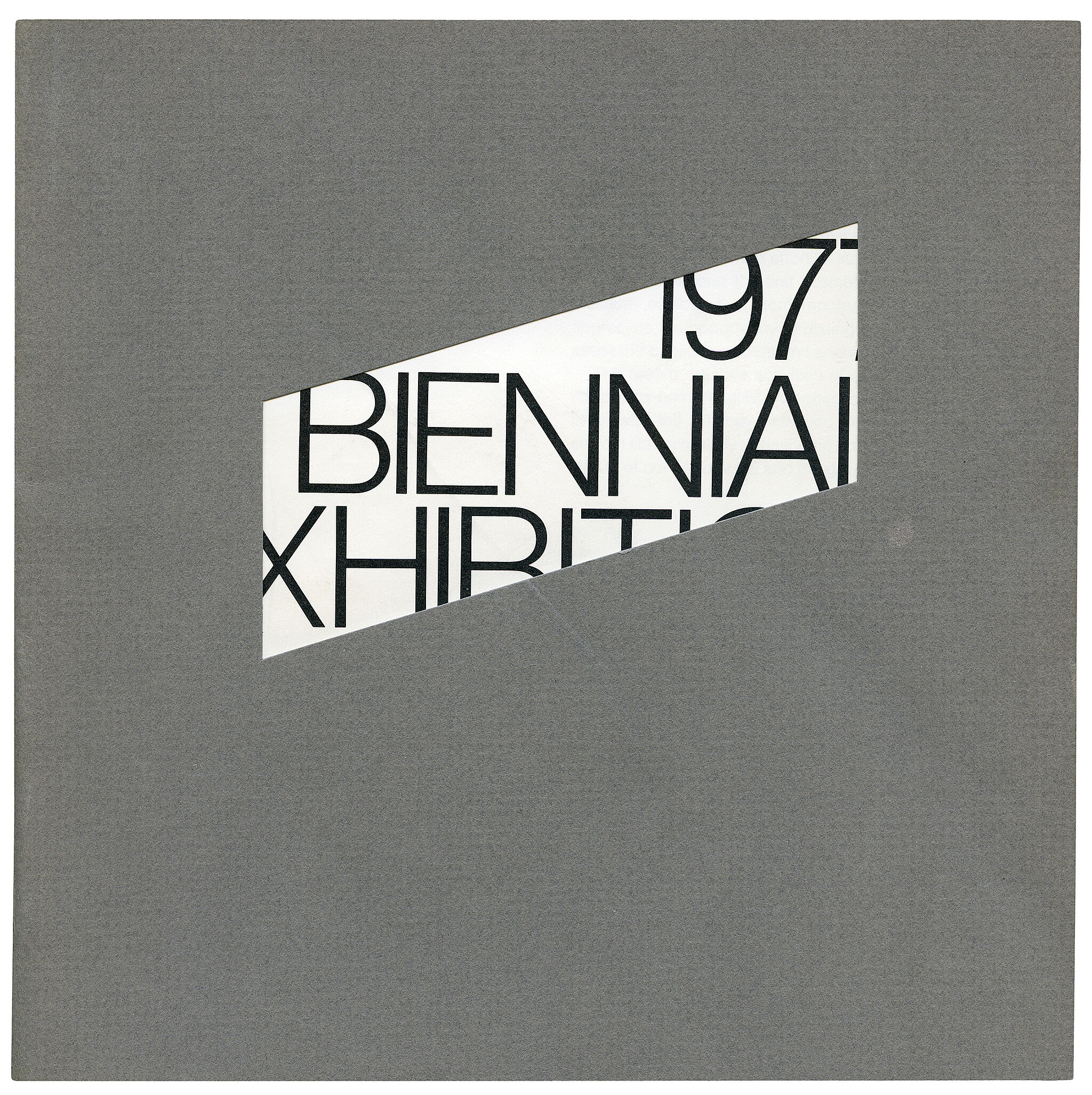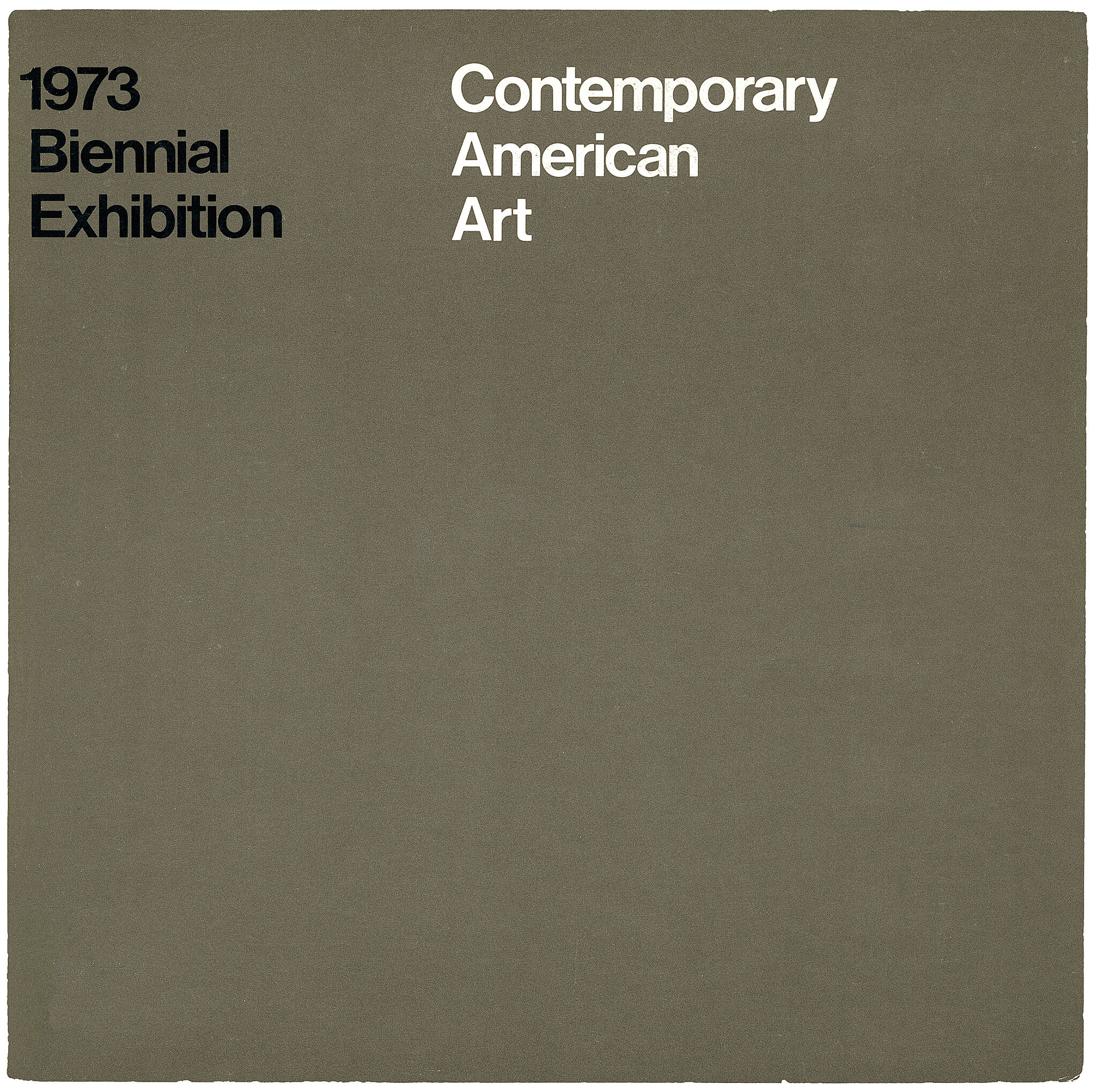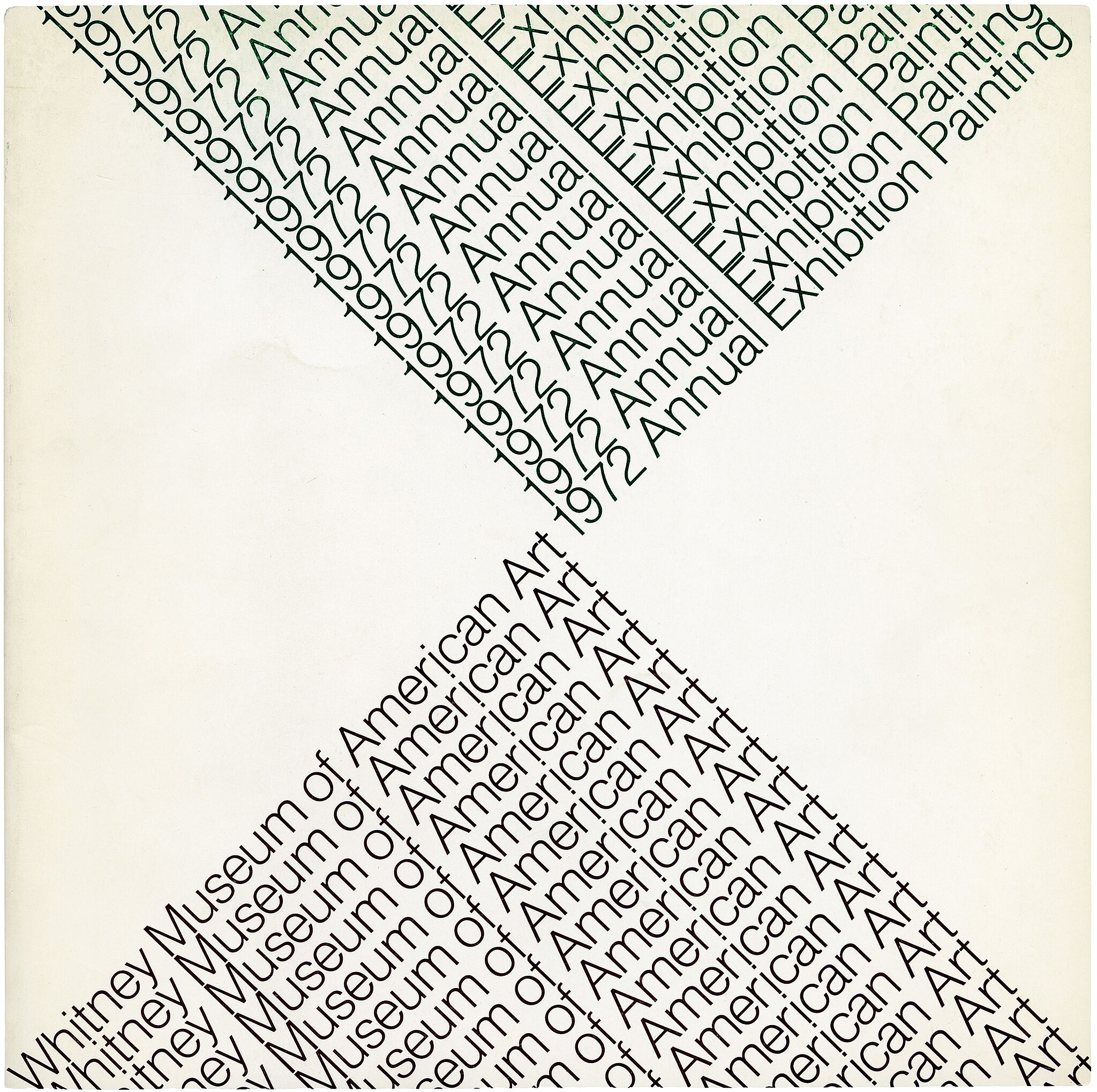Pat Steir
1940–
Pat Steir has defied stylistic categorization throughout her long career, persisting instead in systematically dissecting the traditional techniques of art, including mark-making gestures such as brushstrokes and paint drips, in much of her work. Beginning with her pivotal 1985–86 “Wave” paintings, she has used the inherent liquidity of wet paint as the basis for several series. Steir’s September Evening Waterfall began with the impulse to create a work in which the paintbrush never touched the canvas. She was also responding to what she felt were the clichés of Abstract Expressionism—as embodied by Jackson Pollock’s drip paintings—and wanted to make a painting that merged those clichés in a fresh way.
In September Evening Waterfall, which Steir made in a single day in September, she embraced techniques of pouring, dripping, splashing, and flicking a single color of white paint, mixing in more or less turpentine to create a range of consistencies and transparencies, the deep blue-black ground discernable through the thinner rivulets. The liquid paint in essence becomes the subject it is depicting as gravity pulls the paint downward, echoing the waterfall of the title, and much is left to chance and accident. As Steir said: “What I can do is limited by what I know. But I’d rather do more than what I know. So chance becomes part of the work and can help form a better painting. I rely on chance rather than showing how smart I am. Who cares how smart I am!” The finished painting is a composition balanced between order and chaos, control and accident.

